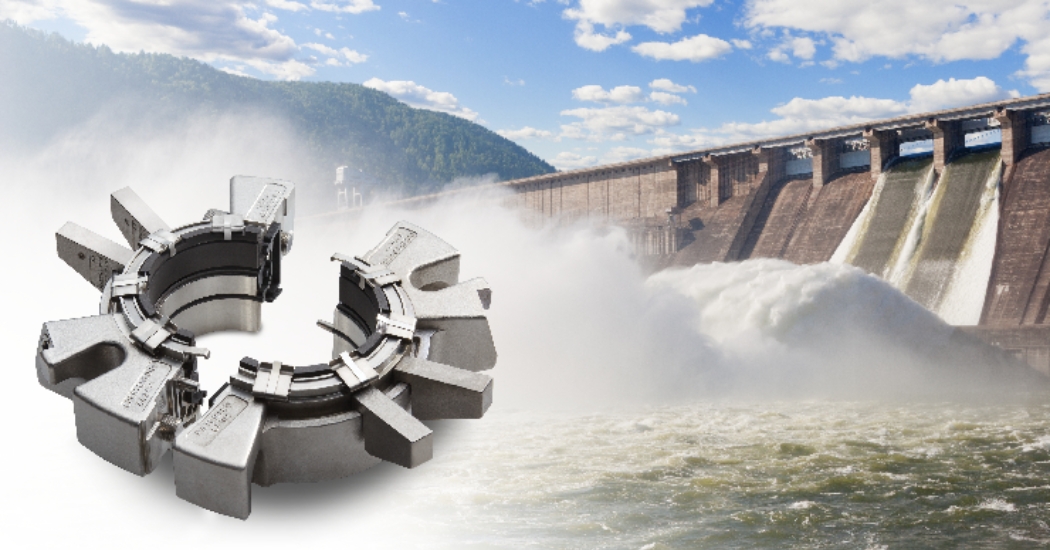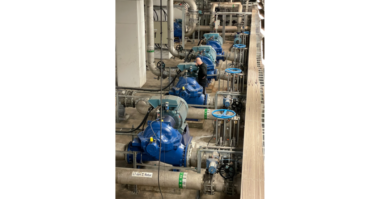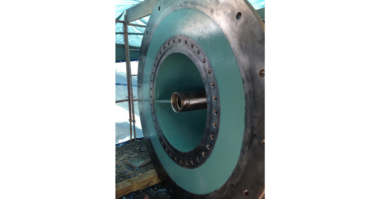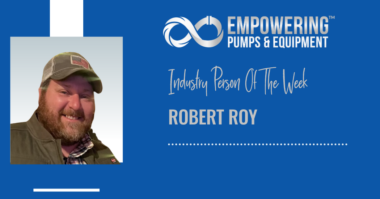Reliable operation and environmental compliance are ensured by the critical sealing devices used in Kaplan and Francis hydropower turbines. Those working with these turbines in the hydropower industry are discovering that using mechanical split seals for main shaft sealing can make significant advances in their operations.
Check out this interview John Sousa, a Chesterton expert on main shaft turbine sealing who works with hydropower plants around the world.
What are the primary challenges that you see customers facing with their main shaft sealing systems?
John: The biggest concerns we see are poor reliability, flush water operation and expense, and significant leakage issues. In hydropower, excessive leakage has often come to be accepted — and all the corrosion concerns, bearing wear, and safety issues that come with it. Multiple sump pumps are typically used to evacuate water with related electricity consumption and maintenance costs adding to the total expenses. In some situations, leakage adds up to millions of gallons of water each year. The use of split seals instead can truly revolutionize the operation and greatly reduce annual expenses.
What types of main shaft sealing do you encounter?
John: We see clients using everything from compression packing to segmented axial/radial seals or polymer radial seals.
Unlike some of the other choices, the installation of a split mechanical seal results in very low to no leakage, reduced or eliminated flush, and no sleeve wear. Unlike radial seals, split mechanical seals do not need to leak visibly to operate. Mechanical seals also do not require fine filtered water to cool and lubricate as well as to keep solids out. If you select a seal with carbide face materials, the face is extremely hard and mitigates solids damage.
What about installation of the split seal?
John: The true split design allows for installation in hour, not days – with components that easily fit the shaft. There is no dismantling of the turbine, which is unthinkable in the hydropower environment. The maintenance is very low – there are no packing readjustments, for example.
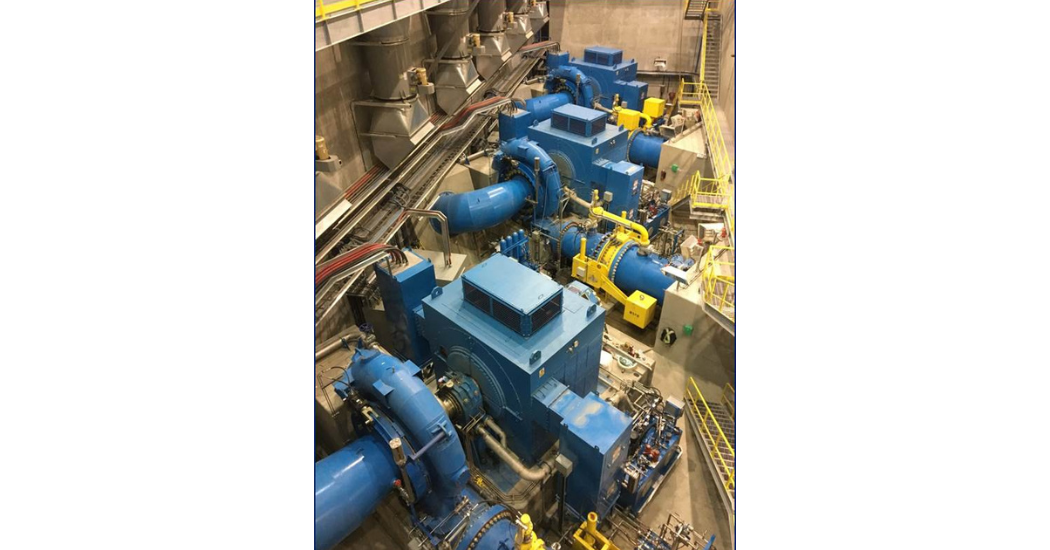 How open is the hydropower industry to adapting new technology?
How open is the hydropower industry to adapting new technology?
John: Change in most industries comes slowly. Plant personnel, for the most part, understand their present systems and know how to manage their systems, good or bad. Many times some type of crisis needs to occur before plant management is motivated to change. In other cases you have champions looking to improve their work systems and will take the risk to advance their operations.
In general, I find hydropower plant personnel very knowledgeable and interested in improving sealing reliability. Main shaft seals are a very critical component, so there is often a higher risk with maintaining legacy systems. If a turbine is out of service, there is no electricity being generated, which is the essence of what they do. We have a solid track record of plants using split mechanical seals that have run for eight years or more without any leakage.
What is the impact of the leakage from legacy sealing systems?
John: All legacy main shaft turbine seals leak to operate. The amount of leakage required is based on the actual seal selection as well the materials of construction. Because turbine equipment is large and remote, seal designs need to be split in some manner so that you can install the sealing device without dismantling the turbine. This means that the materials of construction need to be segmented in some way or shape or flexible. Therefore, seal designs must normally compromise material selection to accommodate installation. This also compromises sealing reliability.
What makes split seals so effective in controlling leakage?
John: Designing mechanical split seals is a much more difficult engineering challenge than with standard non-split designs. Seal faces must be square and flat despite being split. There is a lot of engineering to it. The actual faces are manufactured as a regular non-split face and then lapped very finely to achieve face flatness. After the faces are checked for flatness, the seal face is split in two mating halves that fit together uniquely. This eliminates trying to match up segments to create a seal ring.
The profile of the seal ring design is also carefully engineered so that the two mating seal faces remain in contact while temperature and pressure fluctuations affect the seal face. Keeping the faces in contact prevents solids from passing through the seal faces, enhancing sealing reliability.
 What impact does filtration have with sealing system reliability?
What impact does filtration have with sealing system reliability?
John: Filtration requirements for Hydropower SealingThe flush water required to operate any main shaft sealing device needs to be filtered to remove any abrasive materials or particulate from the source water. Typically flush water needs to be filtered to under 10 microns. Where some segmented seals require millions of gallons of filtered flush water a year to operate, the filtration system is critical to the long term operation of the sealing device and thus the actual water turbine. The filtration system also has to deliver the required flush to the seal when the filtration cleaning systems deploy.
It’s important to understand flush leakage and filtration requirements when you choose a sealing device. You’ll want to consider your plant’s capabilities and equipment to support those seal requirements.
Which design features should be present for mechanical split seals to be highly reliable for these large turbine main shafts?
- Split design
- Abrasion-resistant face materials
- Low flush and filtration water requirements
- No shaft/sleeve wear
- No equipment disassembly
- Simple installation
- Field repairable
- Proven technology
- Proven reliability
Which split seal installation success story is most memorable for you?
John: In the last few years we have replaced all the main shaft seals at a hydropower site, 12 in all. This facility was replacing seals all the time and had very little time to do anything else other than seal repair. They replaced over 45 main shaft seals in one year. Our first seals have operated for about 2 years and the facility has done zero seal maintenance on all 12 water turbines, virtually leak free. Life is now good there!
Download A Free E-Book: Using Split Seals to Save on Maintenance Costs
Learn about how split seals can speed up installation and maintenance, and provide a solid return on investment.
About the author:
John Sousa has worked at A.W. Chesterton Company for over 30 years and has a strong business and technical background. Much of his work has focused on split mechanical seal development and other mechanical seal products. John led the development of large size seal capabilities for large rotating equipment and for hydropower water turbine main shaft sealing.

